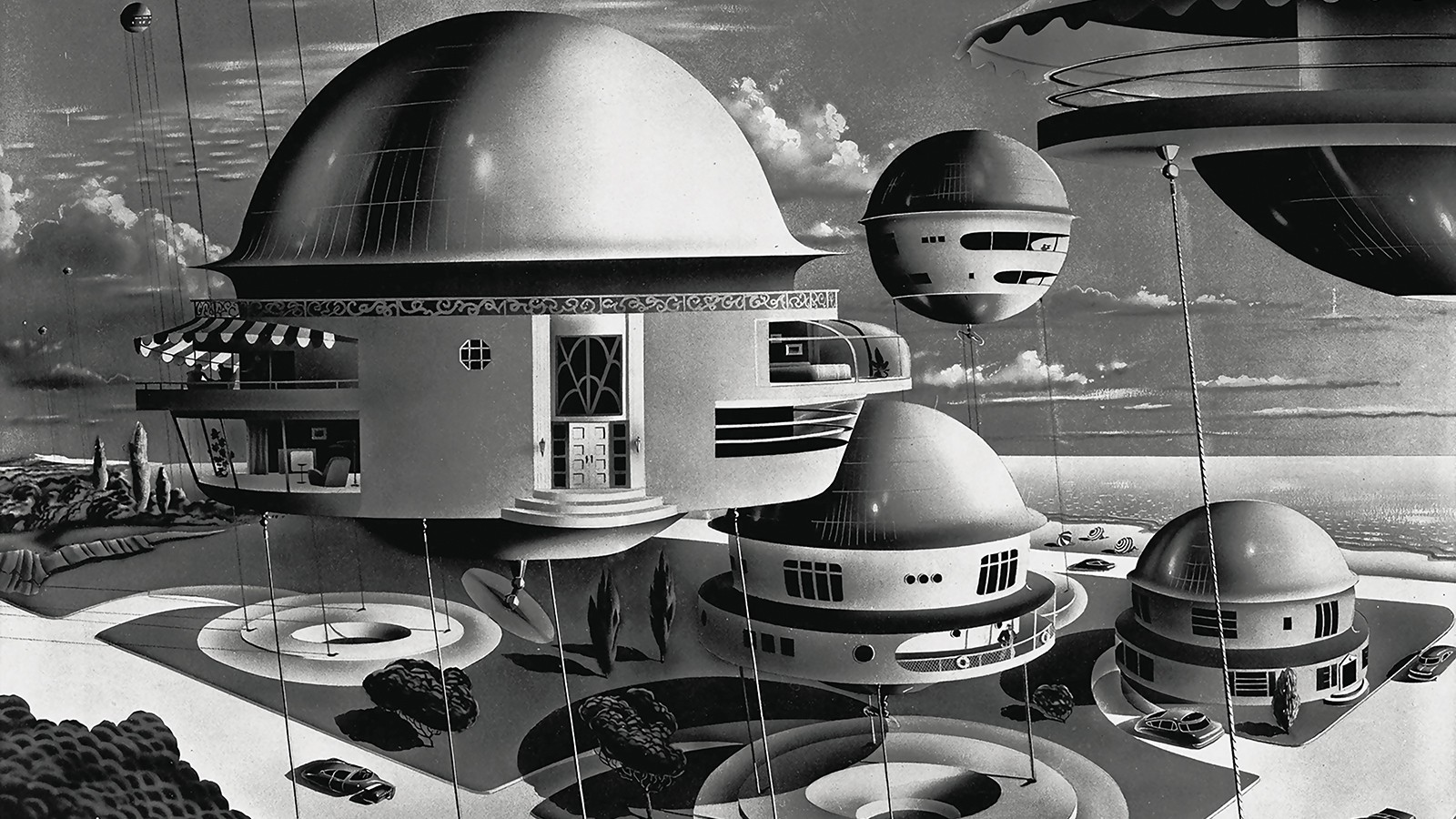What is technological utopianism?
Science is capable of leading humankind to a new condition. This faith may be techno-utopian thinkers' only common attribute.
by Alberto Tundo

The world we’ve always dreamt about is at hand. An easier life in a perfect society is possible, and science is the key to reach it. Pared to the bone, this is the main belief of Technological Utopianism, an ideology built on an ironclad faith in technology and its ability to solve any kind of problem, which would enable people to live in a sort of utopia. Since the dawn of civilization, humankind has always indulged in envisioning a perfect future where all present issues are gone. And myths and legends came in handy to nourish that hope.
The Age of Reason gave humanity a new certainty: there were no Gods to turn to to make dreams come true. Science became the guiding star capable of leading humankind to a new condition. This faith in scientific progress may be the only thing that techno-utopian thinkers have in common. Some authors have envisioned post-scarcity — the condition of a world where vital resources are not limited — thus making wars unnecessary. Others believe that technological development will enable us to reduce, or even avoid, pain. The most radical believers are convinced that death can be defeated.
Techno Utopianism lacks the precise boundaries that other ideologies, such as Communism, have. It does not have a cornerstone like The Communist Manifesto, so it is unclear when it was founded, by whom, and what authors are part of the movement. Marx himself is considered among the first techno-utopians, for he believed that the rise of machines would play a pivotal role in bringing capitalism down and paving the way to the perfect, communist society. According to Rob Kling, one of the fathers of social informatics, technological utopianism does not refer to a set of technologies, but rather to “analyses in which the use of specific technologies plays a key role in shaping a utopian social vision, in which their use easily makes life enchanting and liberating for nearly everyone.”
In The Shape of Things to Come (1933), proto techno-utopian writer H. G. Wells described a future world order and envisioned many events that actually occurred, such as a new World War, the destruction of Europe through an extensive aerial bombing of its major cities, and the development of weapons of mass destruction. Yet, he was confident, that a new, peaceful, equal, and more evolved society would rise from those ashes, with a benevolent dictatorship enforcing the abolition of nations and the suppression of religions, the adoption of English as the universal language and the promotion of science as the primary way to achieve progress.
Although the origins of Techno Utopianism may be unclear, no one can deny that it is mainly an American thing (see Technological Utopianism in American Culture, by Howard Sagal) and that it came to a new life in the last few decades, remaining an interesting cultural phenomenon throughout the last century. In the late ‘70s philosopher Bernard Gendron, in Technology and the Human Condition, defined the principles of this ideology: we are presently undergoing a (post-industrial) revolution in technology; technological growth will be sustained (at least), and its growth will lead to the end of economic scarcity; the elimination of economic scarcity will lead to the removal of every major social evil.
Yet, in the Cold War era, the constant fear of a nuclear holocaust was as strong as the utopian drive and counterbalanced any excessive faith in the power of technology. In the ’80s, however, the landscape suddenly changed. As the ice between Moscow and Washington,D.C. started melting, the world was in the middle of the Age of the Computer. Technological utopianism unwillingly received a boost. In 1986, former American President Ronald Reagan declared that “the Goliath of totalitarianism will be brought down by the David of the microchip.”
The advent of the Internet brought new confidence. As early packet-switching networks evolved into the Internet, a generation of futurists and TED talkers arose, explaining the new system to the laity in a spirit of wide-eyed Techno Utopianism. They compared it to a superhighway, to a marketplace of ideas, to a printing press. It is true. In an open letter released in 2012, Mark Zuckerberg claimed that “We often talk about inventions like the printing press and the television — by simply making communication more efficient, they led to a complete transformation of many important parts of society. […] They encouraged progress. They changed the way society was organized. They brought us closer together.” Just like the printing press made the Renaissance and the scientific revolution possible, social media will lead to a new Golden Age.
If the United States is at the forefront of a terrific revolution, California is its hotbed. Three of the tech companies that have changed the world (Apple, Facebook, and Google) are headquartered there, where Technological Utopianism has become mainstream, so much so that an impressive slew of techno utopian sub-movements blossomed, four of which deserve mentioning. The cyberdelic counterculture was born when the cyberculture faded into the psychedelic subculture. Its members challenge any authority and believe men can transcend the limits of the body but also that of space and time, all thanks to technological development.
Transhumanism is another ideology centered around the belief that the human race can evolve beyond its current physical and mental limitations, especially employing science and technology. On their part, singularitarianists believe in The Singularity — a time when a superior intelligence will dominate and life will take on an altered form that we can’t predict or comprehend in our current, limited state. Finally, technogaianists believe that new green and clean technologies will allow us to save the planet and restore the environment.
The Fourth Industrial Revolution further fueled the wildest dreams of the techno-utopian community, part of which has the most ambitious goal mankind ever had: immortality. Silicon Valley’s elites are funding special centers of research and are supporting organizations like the Coalition for Radical Life Extension. Scientists and entrepreneurs are working on a range of techniques, from attempting to stop cell aging, to the practice of injecting young blood into elderly people. A small group of tech-tycoons have the financial resources to fulfill this dream, which reminds us all that something went wrong along the way. Has Technological Utopianism been cheated? Many think so. Argodesign’s chief creative officer Mark Rolston confessed his delusion in Fast Company: “This is not the Techno Utopia I thought we would create. We’ve gone from envisioning giant leaps for humanity to fighting hate speech, Russian misinformation, and politicians who use technology to warp public discourse with lies and vitriol. In the early 1990s, the techno utopian concept emerged breathlessly, promising a new world that was freed from the cruft of the tired, old structures that were unfair, top-down, and controlled by a powerful and wealthy elite. Technology would reinvent how we communicated, conducted business, learned, and shared news. It would deliver power to the individual, free from human bias.”
Is it so? The concentration of an astonishing wealth in the hands of a few tech-entrepreneurs who are designing the new world poses some questions and confirms that the line between utopia and dystopia is dangerously too thin.


